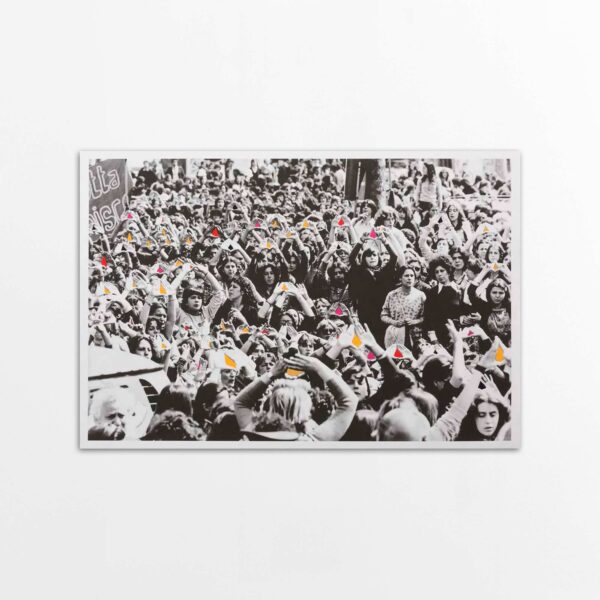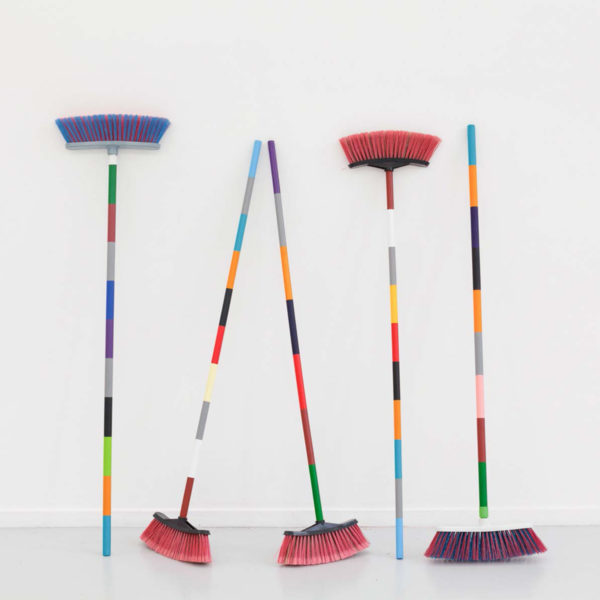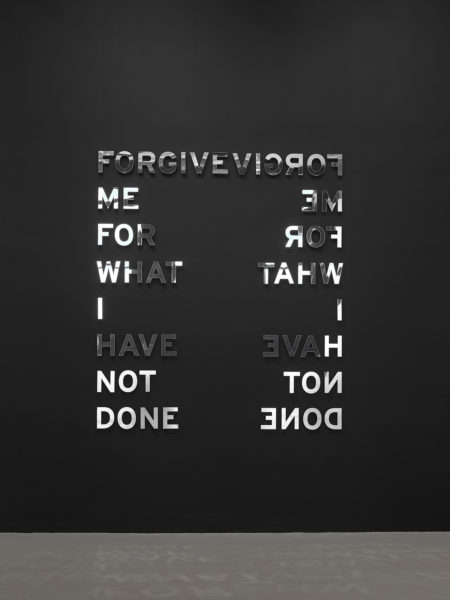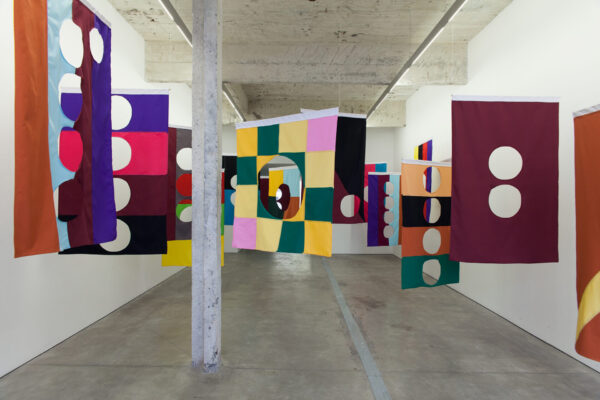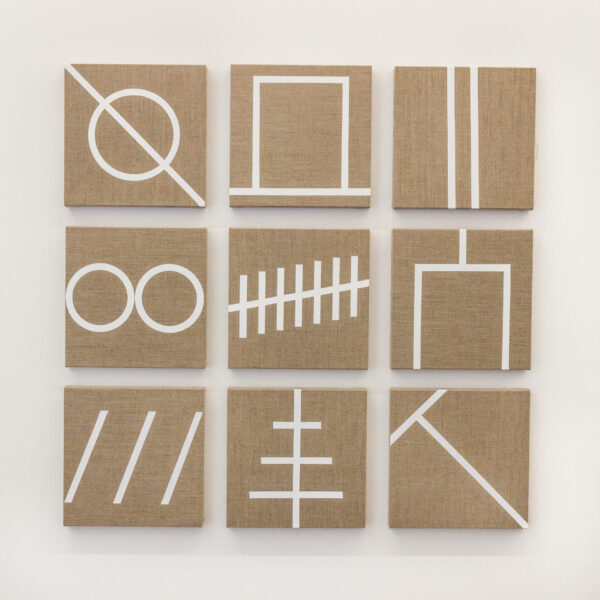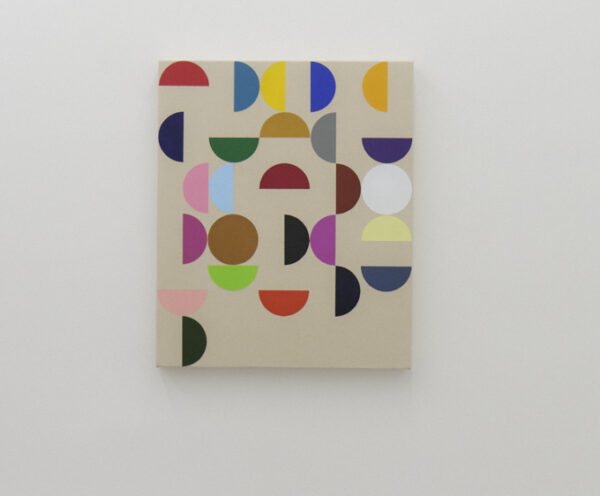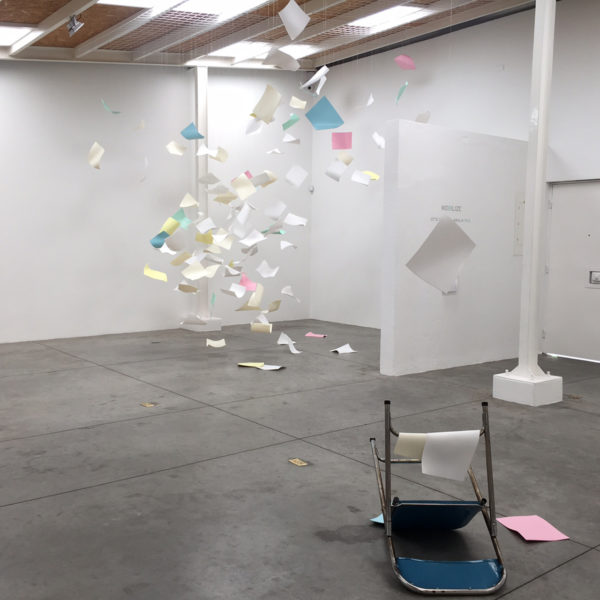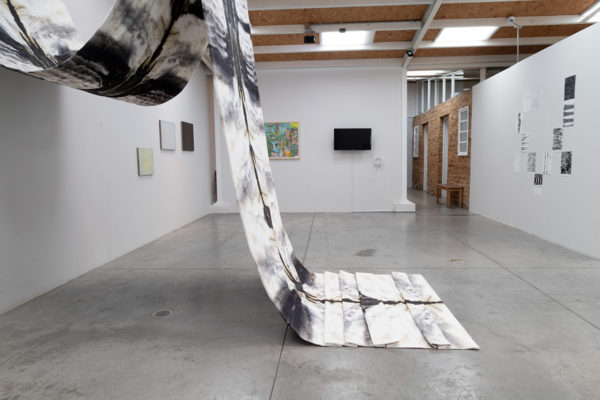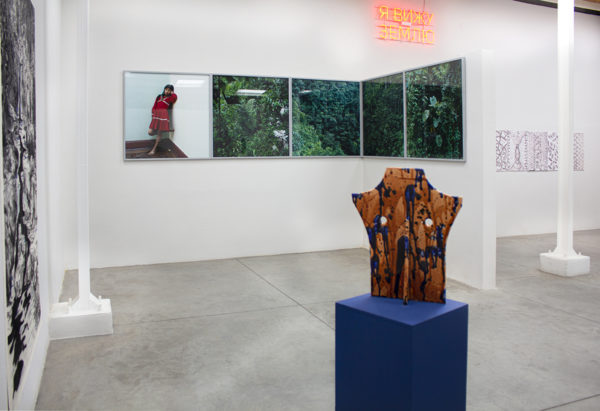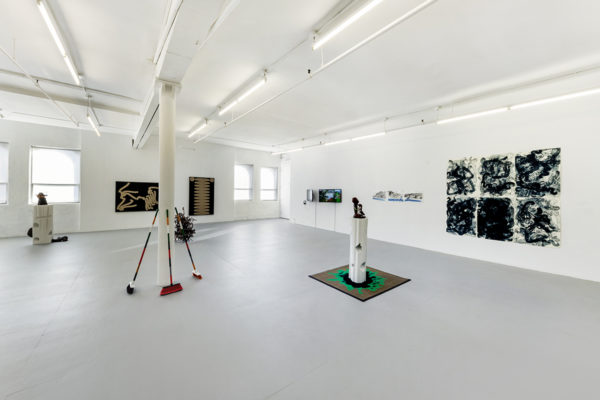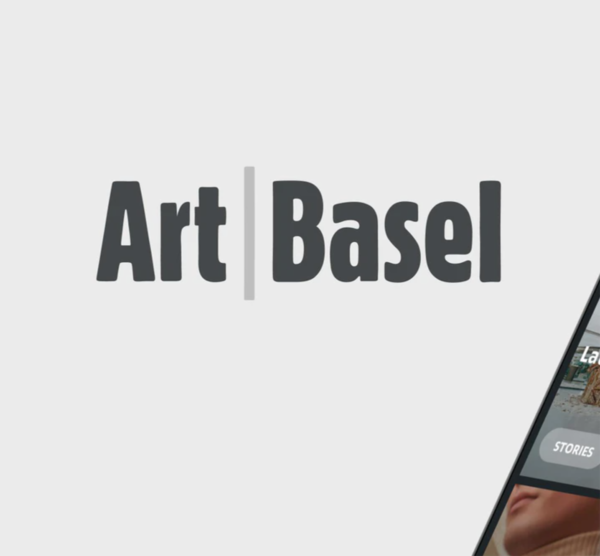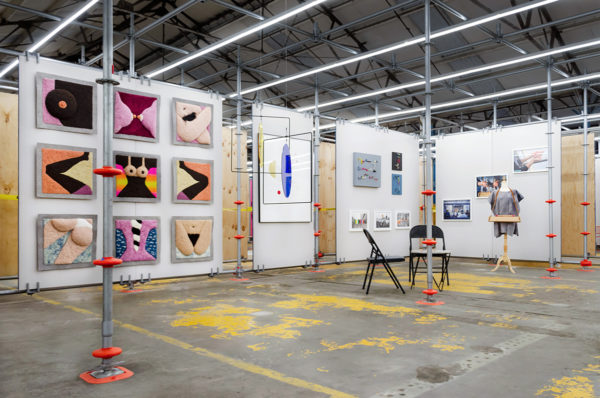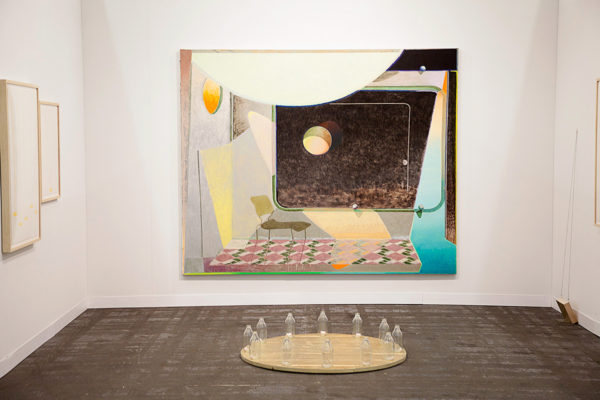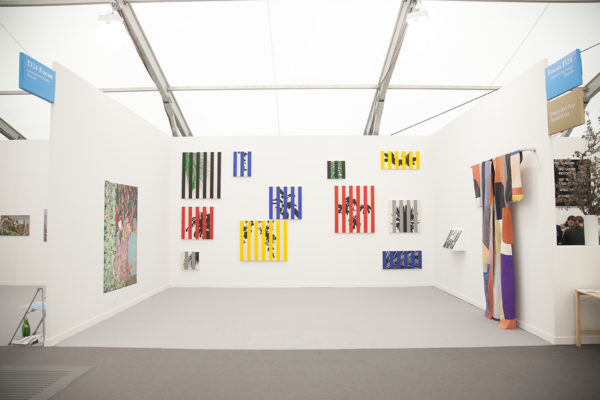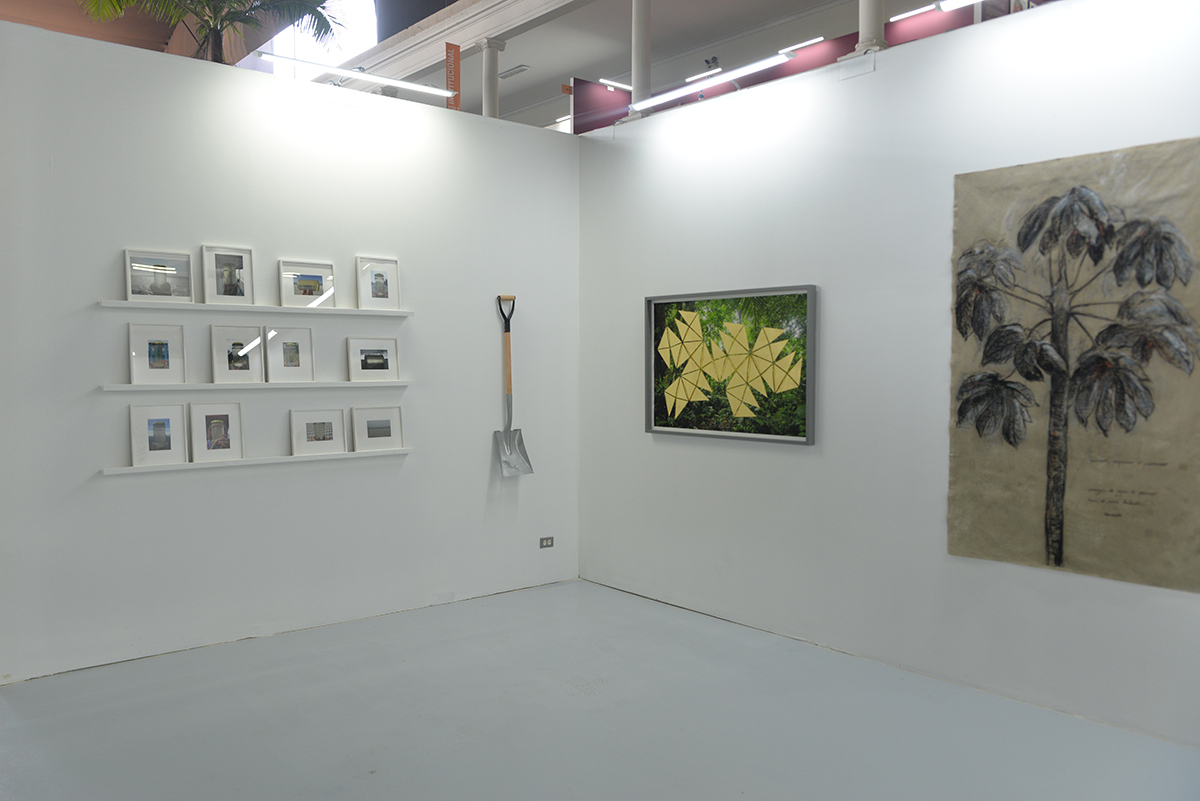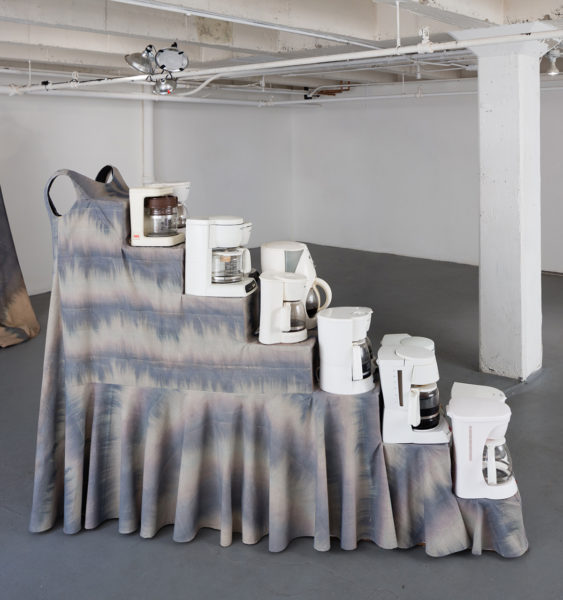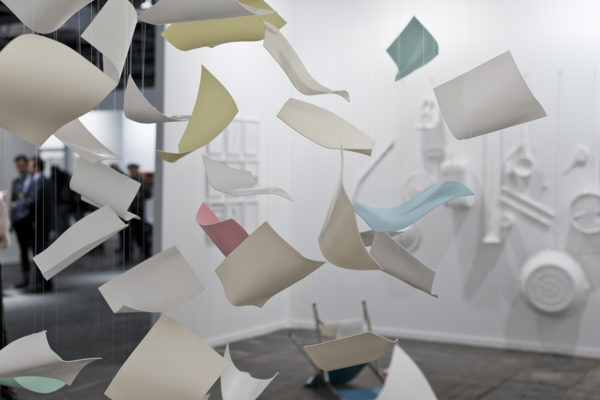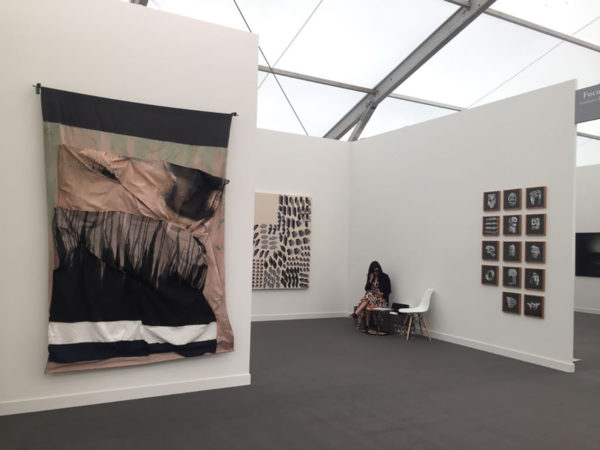
Otto Berchem’s practice explores social and visual codes, focusing on the relationships between language, architecture, history, and poetry.
Berchem’s interest in codes goes back to 1994’s Men’s Room Etiquette, a public intervention touching upon the unwritten codes of how men behave with other men in public toilets. With The Dating Market, a project conceived in 2000, Berchem created a series of shopping baskets for patrons of supermarkets to themselves “available” and looking for a date. In Temporary Person Passing Through, a work for the 2005 the Istanbul Biennial, Berchem investigated the relationship of Istanbul’s street children and their movement within the city, using the visual language of Hobo Signs, a system of symbols employed by itinerant workers in the USA from the 19th to the mid 20th century.
With his recent work the artist continues his exploration of signs, human relationships and codes, to create a chromatic alphabet. Berchem’s chromatic code is inspired by the writings of Jorge Adoum and Vladimir Nabokov, Peter Saville’s designs for the first three New Order albums, and the condition of Synaesthesia. Through this alphabet, Berchem has proposed a series of work reviewing iconic images, creating his own documents by strategically deleting pre-existing meanings and slogans, and replacing them with his own.


